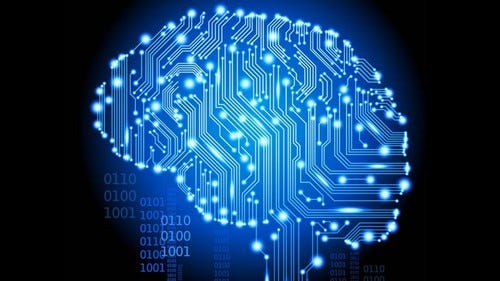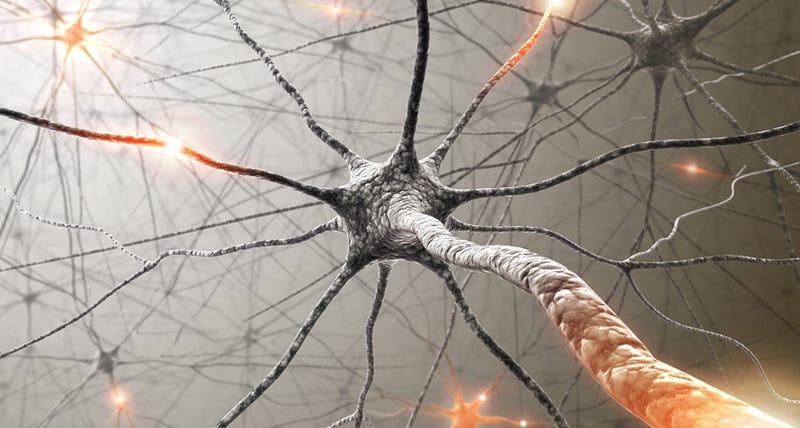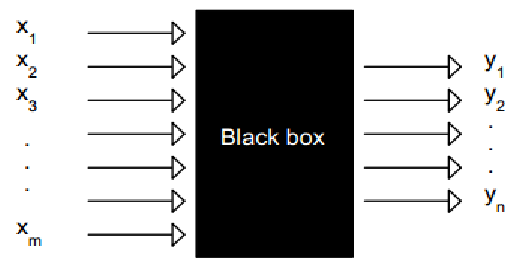How can we relate neural networks with the human brain?
Learn the relationship between human brain network and artificial neural network
Hi Everyone.
This is an article for someone who wants to know how neural networks' core idea is based on human brain connections.

Let’s talk about the brain and human neurons.
Scenario 1: I want to become an athlete.
If I want to be an athlete, I need to practice a lot so that I can learn in-depth knowledge about the game. And once I have the knowledge learned from the practice, I can reproduce the same in the competition. And that is how I can become a successful athlete.

Doing something over and over again doesn’t just make it easier. It actually changes the brain. Scientists have identified that the human brain continues to grow over the course of our lives. They form connections with new cells or some stop making connections to the other cells.
Scenario 2: Myself reacting to hot teacups
I have a teacup full of hot tea. Consider, this is the time I'm going to have tea. I don't know how much time tea takes to cool down so that it is comfortable for me to take it. The first time I try to take a random step. I will take a sip suddenly after I filled the cup with tea. It's hot! . I learned that the tea is so hot. So I need to wait for few seconds the next time I try to sip the tea. The next time I will try to increase the delay by 5 seconds and then I will take a sip. Oops! Still hot. So I have to wait for 15 seconds the next time to take a sip. The third time, No! the tea has been cooled down a little more. So Now for the next time, I will try to take a sip at the 10th second. So the fourth time I will fill the cup with hot tea. I will take a sip on the 10th second. Now that is perfect for me to enjoy the tea. This is how I learned how to choose the duration to take a sip of tea after the cup is filled with fresh hot tea through various steps of learning.
I just wanted to explain with the help of a simple task. I hope this doesn't look crazy.

The human brain is an enormous network of neurons. Each tiny neuron is a pretty complicated little machine. Each neuron connects with many other neurons. It “listens” for electrical and chemical signals from other neurons and fires its own signal, an action potential, when it receives enough input from the neurons that connect to it. Put together billions and billions of these neurons into a network; wire up some of the inputs to senses like vision, touch, and hearing; wire up some of the outputs to muscles… and you get an amazing complex system capable of learning, thinking and emotions. When I was trying to find the right time to sip tea, the neurons were communicating in my brain. The number of electrical signals passed between the neurons in my brain lets the brain network learn the output (when should I sip the tea or should I sip the tea?).
What is actually learned by the neural network?

The neural network is a black box that learns how to map the input to the output. You need to have a large amount of data to train the neural network to perform with good accuracy.
Let's see how neural network learns.
- First pass the input-output pair(1,1). Here x=1 and y=1. So the network learns that the function to map the inputs to output y = f(x)=x. That is the network should repeat whatever input is.
- Next, pass the second dataset pair(2,4). Here x=2, y=4. The learned function f(x)=x doesn't satisfy this data. The network has to learn the new function. So it will analyze this little series (1,2) with (1,4). Now the network will try to learn the function to map inputs to outputs, so it learns a new function, the output y = f(x)=2x which also satisfies the two data pairs.
- Again pass the third data pair(3,9). Here x=3. Y=9. This time, the function f(x)=2x doesn’t satisfy the third data pair. It has to re-learn the function to best match the data pair. The newly learned function can now be y = f(x)=x².
- Repeat the process for all the data pairs. The network learns the best function to map the inputs to outputs. This is a simple imaginary process. However, deep neural networks are more complex than this.
Conclusion
To develop a model with high accuracy, you need to have a large amount of dataset and choose the right hyper-parameters. The most important task is to train for the longer term by trying different possibilities. After all, PRACTICE MAKES A MAN PERFECT.
Comments
Post a Comment